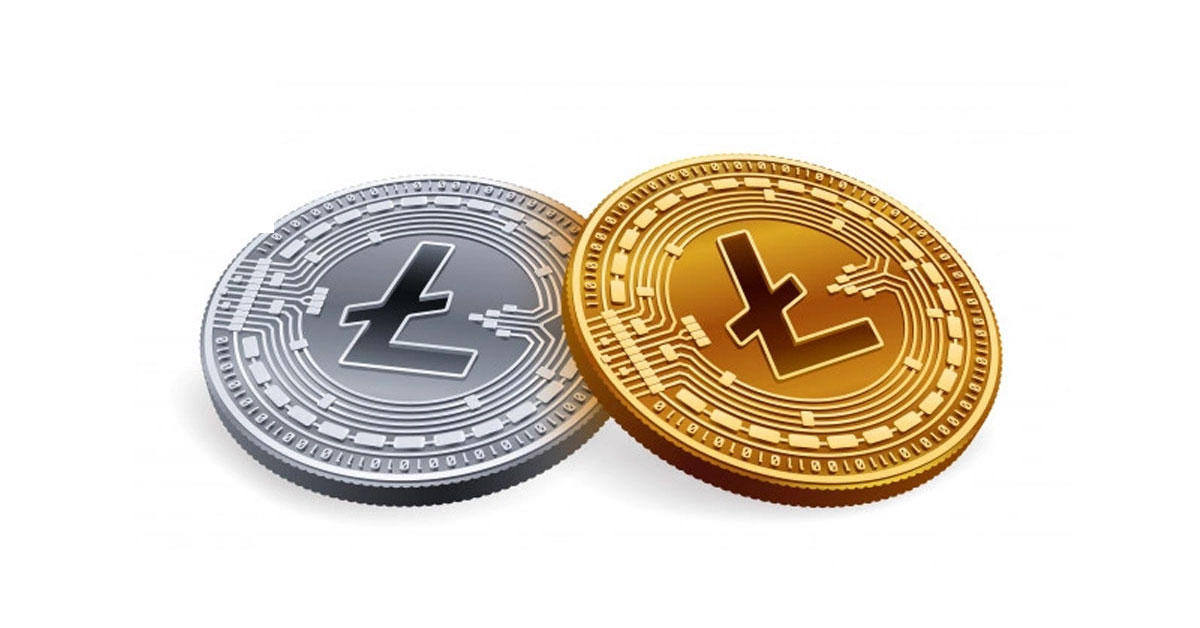Litecoin, a cryptocurrency, was created in 2011 by Charlie Lee (an ex-Google engineer). Litecoin ranks ninth in market capitalization.
It was initially a strong competitor for bitcoin. Litecoin’s popularity declined as the cryptocurrency market became more saturated with new offerings in recent years.
Litecoin was always seen as a response to bitcoin. Lee called Litecoin the “lite version” of Bitcoin when he announced its debut on a bitcoin forum. Litecoin shares many of the same features that bitcoin but adapts and changes other aspects as the development team feels could be improved.
Key Points
- Litecoin is a cryptocurrency that was created in 2011 by Charlie Lee (an ex-Google engineer).
- Litecoin is a way to pay people around the world, without the need for an intermediary.
- Litecoin ranks sixteenth in market capitalization.
- There will be no more than 84,000,000 Litecoin’s available for circulation.
- The value of one Litecoin was $168.50 on August 31, 202.
Understanding Litecoin
Unlike other decentralized cryptocurrencies like Litecoin, Litecoin does not come from a government. This is because the government has historically been the only one society can trust to issue money. Instead of being issued by a central bank and being regulated, Litecoin’s can be created using a complex cryptocurrency process called mining. This involves processing a list of Litecoin transactions.
Unlike other currencies, the supply is locked in at Litecoins. There will be no more than 84,000,000 Litecoin available. Every 2.5 minutes, the Litecoin Network generates a new block-a ledger entry of all recent Litecoin transactions around the globe.
Each block is checked by mining software and then made visible to all system participants (called miners) who want to see it. Once a miner has verified it, the next block is added to the chain. This record contains every Litecoin transaction made.
There are incentives for mining Litecoin: the first miner to successfully verify a block is rewarded with 12.5 Litecoins. The number of Litecoins awarded for such a task reduces with time. It was halved in August 2019. The halving will continue until the 84,000,000th mining of Litecoin.
The special hardware required to mine cryptocurrency at a profitable rate requires enormous processing power. Most cryptocurrencies can’t be mined by the central processing unit of most personal computers.
However, Litecoin can be differentiated from the majority of other cryptocurrencies because it can be mined with personal computers. Although the greater a machine’s capacity for mining, the better the chance it’ll earn something of value for a miner.
Any currency, even the U.S. Dollar or gold bullion, is only worth what society believes it to be. If the Federal Reserve started circulating too many banknotes, the value of the dollar would plummet in short order. This phenomenon goes beyond currency. The more easily and cheaply it is, the less valuable a good or service will be.
From the beginning, the creators of Litecoin knew that it would be difficult to establish a reputation on the market for a currency. The founders were able to reduce the number of Litecoins that are in circulation to at least alleviate people’s concerns about overproduction.
According to the Litecoin Foundation, it will reach 2142 by the time that the maximum amount of 84,000,000 Litecoins is reached.

What is Litecoin different from Bitcoin?
The key difference between Litecoin (and Bitcoin) is their use of different cryptographic algorithms. Litecoin uses the SHA256 algorithm while Bitcoin uses a newer algorithm called scrypt.
Litecoin offers some advantages over bitcoin. It was created to prioritize speedy transaction confirmations, which is why it has been so popular. The average time it takes to confirm a transaction on the bitcoin network is just under nine minutes, while Litecoin takes approximately 2.5 minutes. Litecoin can process more transactions due to its shorter block generation times.
Bitcoin’s market capitalization is significantly higher than that of Litecoin. The total value of all bitcoins currently in circulation is approximately $1 trillion. Litecoin’s market capitalization is about $11.9 billion as of August 31, 2021. Bitcoin’s market capitalization still dwarfs all other digital currencies.
Both bitcoin and Litecoin have fixed supplies. Both bitcoin and Litecoin have fixed supplies.
Goals of Litecoin
Like all virtual currencies, Litecoin is a type of digital money. Litecoin can be used by both individuals and institutions to buy things or transfer funds between accounts. Participants can transact with Litecoin directly without the need for an intermediary such as a bank or credit card company.
Litecoin is being considered as a long-term investment, rather than focusing solely on its functionality. Investing in any currency is similar to investing in any other, but investors speculate that Litecoin could build relative wealth over time.
FAQs about Litecoin
What is Litecoin? How does it work?
Litecoin is a peer-to-peer virtual currency that is not governed or controlled by a central authority. Litecoin’s network allows for instant, almost-zero cost payments which can be made by individuals and institutions around the world. Bitcoin, Litecoin, and many other cryptocurrencies use the Proof-of-work algorithm to secure their networks. PoW means that one party must prove to the rest of the network that the required computational effort was expended.
What is Litecoin used for?
Litecoin is a way to pay people around the world, without the need for an intermediary.
What is the highest Litecoin price?
The value of Litecoin on August 31, 2021, was $168.50. In May 2021 the value of Litecoin was $168.50.
What was Litecoin’s last halving?
Mining is the process of creating Litecoin tokens. Miners get Litecoin for participating in mining. A Litecoin halving is a way to halve the rewards miners receive for mining each block.
Litecoin halving is intended to preserve Litecoin’s purchasing power. August 5, 2019, was the last Litecoin halving. The last Litecoin halving took place on August 5, 2019.
How many Litecoins are left?
In the end, there will only be 84 million Litecoins. In August 2021, there were 66,752,615 Litecoins in circulation.

